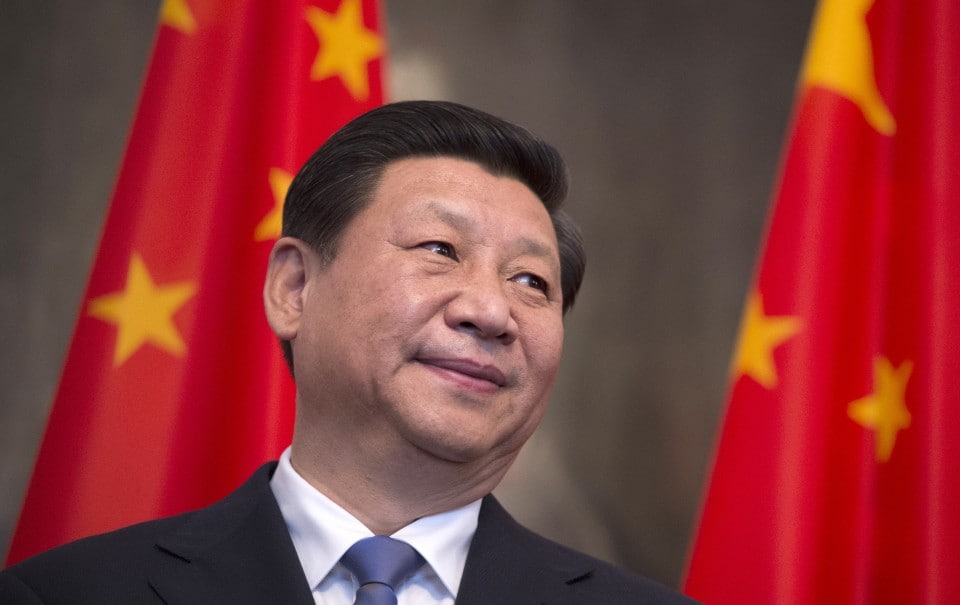Jonathan E. Hillman is a fellow at the Center for Strategic and International Studies, where he directs the Reconnecting Asia Project.
HAMBANTOTA, Sri Lanka — In December, a Chinese state-owned enterprise took over a port here in this small fishing town on Sri Lanka’s southern coast. The port was never intended to be Chinese-owned and operated, but it was Chinese-financed and built, creating a debt that Sri Lanka could not repay. As Sri Lanka celebrates 70 years of independence from British imperial rule, some fear the nation now faces a new form of colonialism.
The episode has turned tiny Hambantota into something of a global lighthouse. Sitting in the Indian Ocean, it serves as a warning about the hazards of China’s global infrastructure push, which could make small economies dependent even while helping them develop. It also reveals the challenges that India, Japan and others, including the United States, face in mounting an effective response.
The signs of China’s growing influence here are hard to miss. As the sun rose one Saturday morning when I was visiting in January, groups of Chinese workers in blue jumpsuits made their way to the port. One of the few vessels anchored at the port was affiliated with China Shipping. The port’s headquarters, a triangular 13-story wedge built by a Chinese contractor, juts out of the flat green landscape like it was copied and pasted from a hotel resort catalogue.
Outside the port’s headquarters, 70 or so Sri Lankans staged a quiet protest. A few days earlier, the port’s employees’ union announced that former workers were starting a hunger strike. Only a year ago, proponents of the port and related developments, including a special economic zone, were predicting the creation of 100,000 jobs in three to five years. But that windfall has not yet materialized, and last November, over 400 port employees were let go.
Off the coast, hulking ships carrying cargo and fuel seemed tantalizingly close. Proponents of the project point out that it is just 10 nautical miles from one of the world’s busiest shipping lanes. But few have dropped anchor at Hambantota, which handled less than 6 percent of ships visiting Sri Lanka in 2016. To create activity, shipments of cars have been diverted from Colombo, Sri Lanka’s capital, the home of its busiest port.
China’s influence is visible in Colombo as well. Chinese firms helped expand the port there in recent years and now operate one of its container terminals. Adjacent to the port, Sri Lanka is developing a financial center on reclaimed land with the help of Chinese financing and contractors. Last month, China agreed to provide $1 billion to construct three 60-story towers. The blueprints look like a Dubai-inspired magic trick, creating a mini-metropolis out of nothing.
During a tour of Colombo’s port, I noticed subtler signs as well. The port’s equipment tells a story of China’s rise in manufacturing and maritime commerce. The oldest cranes were European-made. There was some Japanese and South Korean equipment. But the newest machinery was almost entirely Chinese. The shipping containers were dominated by Chinese firms as well. According to shipping consultancy Drewry, Chinese carriers handle more containers in Colombo’s port than any other country.
Colombo’s success raises questions about Hambantota’s future. A natural trade hub for centuries, Colombo’s port was developed under British rule and then modernized to accommodate shipping containers in the 1970s. In 2016, it was rated the 25th busiest cargo port in the world. It has the capacity to handle even more cargo, and if that runs out, it has space to expand.
Beyond its commercial strengths, Colombo has another thing that Hambantota does not. It is home to Sri Lanka’s naval headquarters and much of its fleet. Officials in Tokyo and Delhi worry that China intends to turn Hambantota into a naval facility of its own. Stoking suspicions, the agreement between the Sri Lankan government and the Chinese firm operating in Hambantota was approved by Sri Lanka’s parliament but has not yet been made public.
India and Japan are now exploring countermoves. India has expressed interest in taking over an airport in Mattala, a 30-minute drive from Hambantota, past signs warning drivers about wild elephants. Built at a cost of $200 million, the airport was intended to become a gateway for tourists but has become a destination itself. For less than a dollar, people can visit the airport’s main hall, where a large Buddha statue greets visitors. But on most days, airport staff outnumber passengers and visitors by a large margin.
Japan has a long history of investment in Sri Lanka, offering engineering expertise and deep pockets. In coordination with India, it recently announced a plan to build a liquefied natural gas terminal in Colombo’s port. The two Asian powers also discussed plans to develop a port in Trincomalee, on Sri Lanka’s eastern coast. It is one of the world’s best natural harbors, nearly 10 times the size of Colombo’s port.
But in responding to China, Japan and India also risk throwing good money after bad. If it takes over the Mattala airport, India could inherit a problem that China helped create, without any easy solution in sight. Likewise, even though Trincomalee’s port has natural appeal, it must be evaluated as a competitor to existing ports in the region, including those in India.
Debt is another vexing issue. Roughly 95 percent of the Sri Lankan government’s revenue goes toward debt payments. In extending a hand to Sri Lanka, Japan and India will need to carefully consider how additional financing impacts existing debt. If Sri Lanka is unable to make its payments, it will have to enter renegotiations with its creditors, including China.
Of course, Sri Lanka stands to gain from investment in economically sound projects. And not all Chinese investment has been unproductive. Some of the country’s roads, for example, have significantly improved in recent years, thanks in large part to Chinese-funded efforts. But in too many cases, the political temptation to embark on new projects has blinded Sri Lanka’s leaders to economic risks.
Sri Lanka’s experience demonstrates that Asia’s infrastructure contest carries both great rewards and great risks. Competition can provide developing economies with more options, and the international community can do more to offer better alternatives. But the hardest part is evaluating those options objectively and walking away when necessary. As Sri Lanka’s first prime minster, D. S. Senanayake, told the nation upon its independence, “Freedom carries with it grave responsibilities.”
This was produced by The WorldPost, a partnership of the Berggruen Institute and The Washington Post.




